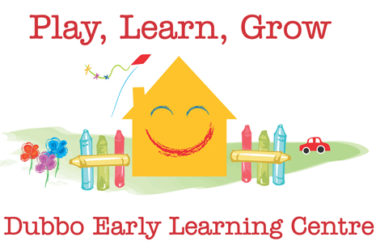Building with 4 year olds
An outdoor setting that promoted conflict and frustration was remodelled and renovated using design principles to create a structure and learning space for children to trial physical challenge and risk.
Extending on my design process involving the use of risk as a pedagogical element in babies’ and toddlers’ outdoor environment, a lead Educator in a regional NSW Long Day Care service together with her class of 4 year olds built a 5 metre high climbing tower.
Many concept designs were generated and refined. Children evaluated the various designs demonstrating their agency, determining that a pyramid structure was the best design option.

The lead Educator had to overcome barriers to implement the design. Firstly, the Educator’s lack of knowledge about how to build this type of structure was overcome by incorporating families’ feedback and technical advice. This type of interaction strengthened partnerships with families and they donated the tools required to build the structure.
Secondly, other Educators had both a perceived fear about what children were capable of and the potential risks involved in building and playing on the structure, and a real fear about the lack of prescription in the National Early Childhood Education and Care Regulations. For example, Educators commented that the Regulations didn’t allow for such a high structure when in fact they contain no explicit detail about playground structures. Not surprisingly, building stopped when the lead Educator wasn’t present.


When building the structure, the children collaboratively learnt how to conceptualise, design, plan and construct. There were numerous opportunities to promote learning that engaged mathematical concepts including counting, measuring, sequencing, depth, size and angles.

Families were pleased to see their children involved in ‘real work’ with a significant outcome.

One parent said, “it’s about time they learnt real things” in relation to the building process.

With guidance from the lead Educator, the children developed the risk benefit analysis and then the rules children needed to follow when using the pyramid. Showing leadership they also taught the three year olds who shared the learning space these rules. For example, no more than two children can climb the structure at any time.

The structure’s height unexpectedly gave children the opportunity to view the immediate community. It expanded learning ‘beyond the fence’ which in turn has generated weekly excursions into the local community, for example to the hardware shop and the battery wholesalers. These excursions provide rich opportunities for Educators to extend learning and explore community protocols.
What started as a hands-on project to help children develop their physical skills and trial risk led to the opportunity of exploring the local community and expanding the learning environment beyond the service boundary.


The four year olds at the battery shop they could see over the fence.
When your environment has meaning to the children they will be naturally more engaged.

